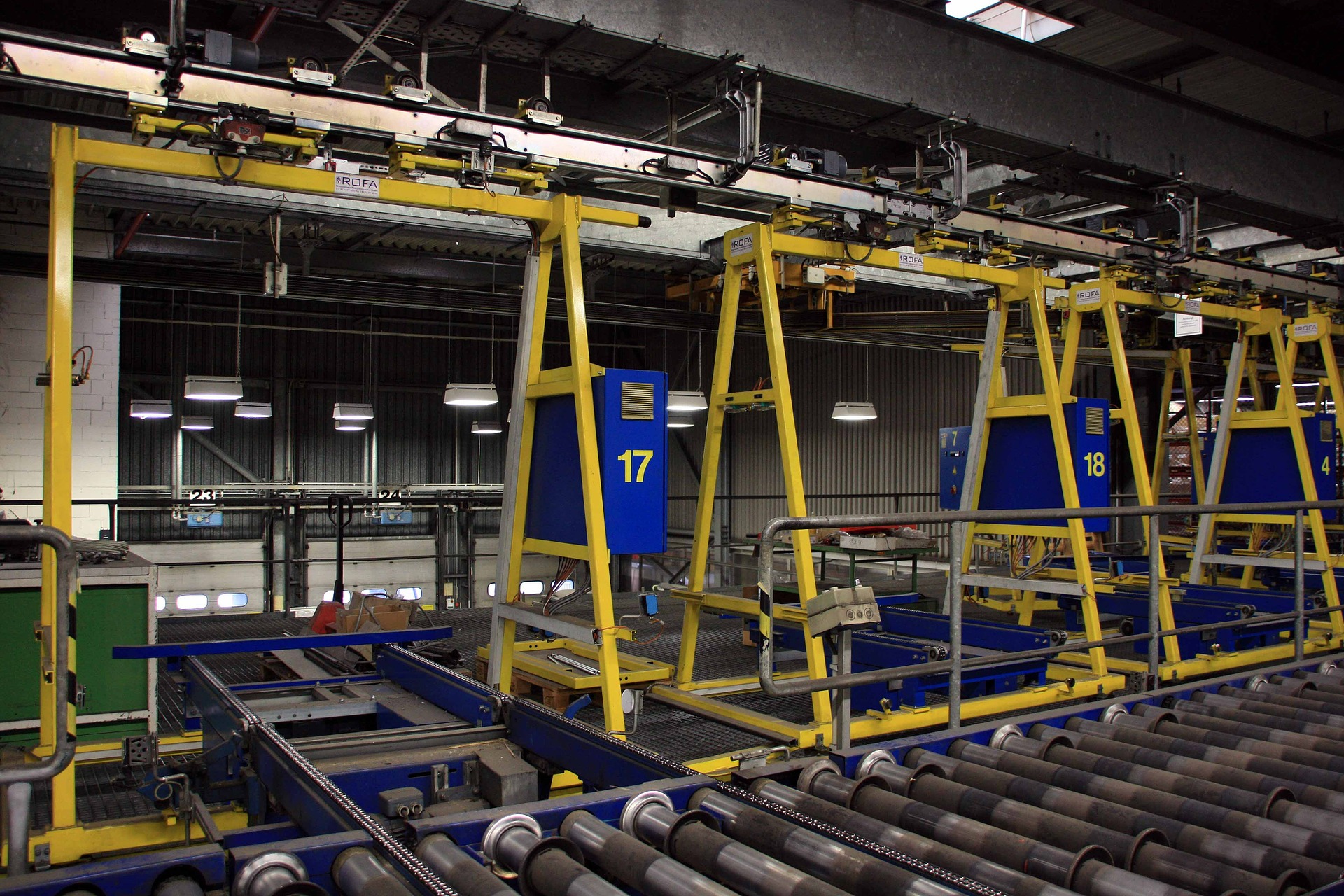
Manufacturers are all about efficiencies and throughput. Better connectivity, seamless integration, and the flow of real time data brought about by the IoT and Industry 4.0 has allowed manufacturers greater visibility into their processes and outputs. By leveraging new technologies they have gained more insights into each stage of the manufacturing and distribution processes.
Here’s a look at some of the changes that the Internet of Things (IoT) will bring to the manufacturing industry and its distribution systems.
Industry 4.0: A Growth Mindset
In a previous blog we covered the history of the first three Industrial revolutions and how they were catalysts for the Fourth Industrial Revolution, or Industry 4.0. Today, IoT is changing manufacturing and distribution as we know it. Companies that don’t keep up with these changes are now in danger of being left behind. This mindset includes everything from the adoption of Industry 4.0 technologies and processes, to the re-training or hiring of personnel to speed adoption.
Using Real Time Data in Manufacturing
Manufacturing innovations began with the invention of basic assembly lines then decades later came automated assembly lines that have now advanced to the use of robots, new materials, smart machines and other ground breaking technologies. IoT combines real time data with equipment to improve outcomes in the manufacturing process and the supply chain.
Real time data is the delivery of information immediately after collection – there is no delay in the timeliness of the delivery. This is possible because IoT enables a physical-to-digital-to-physical connection which is the collection and delivery of information, and then an instantaneous relay of information back.
For example, you could use sensors that send an alert from the assembly line that equipment is beginning to overheat. A command is immediately sent back shutting down that part of the assembly line before there’s a problem. Before IoT, this would have taken several minutes. Now it takes seconds.
IoT Will Increase Manufacturing Throughput
At its core, the IoT means seamless integration. It allows devices to connect and communicate in real time without the need for special programming. The continuous influx of real time data creates visibility into manufacturing processes and distribution so teams can react and adjust for unanticipated changes.
Computing and robotics in automated assembly lines have created an enormous increase in real time information during the manufacturing process. Improvements include:
- Instant alerts for scheduled maintenance or equipment repair
- Notifications for re-orders of materials and supplies
- Alarms for equipment malfunctions and errors
All of these are immediately transmitted to help prevent and reduce equipment malfunctions, lost production time and defects in manufactured goods. The inclusion of blockchain technology makes it simpler to securely store and access critical data making it easier to trace defects back to a specific factory, assembly line or supply chain.
How Will IoT Affect Distribution Systems?
IoT combines data, analytics and blockchain technology to track thousands of orders that are scheduled to be picked, packed and shipped. Inventory levels will be tracked and updated continuously to help reduce orders that can’t be filled. Packing and shipping supplies will also be monitored to ensure that orders are packed properly and shipped to the correct address. IoT will also allow you to track your order in real time and be alerted as soon as it has been delivered.
The Industry 4.0 Ecosystem
The combination of real time data, information, analytics, smart materials and equipment has created improved processes and systems. This has brought about the concept of the Industry 4.0 ecosystem. Our next blog will dive into what that ecosystem looks like for most manufacturers.


